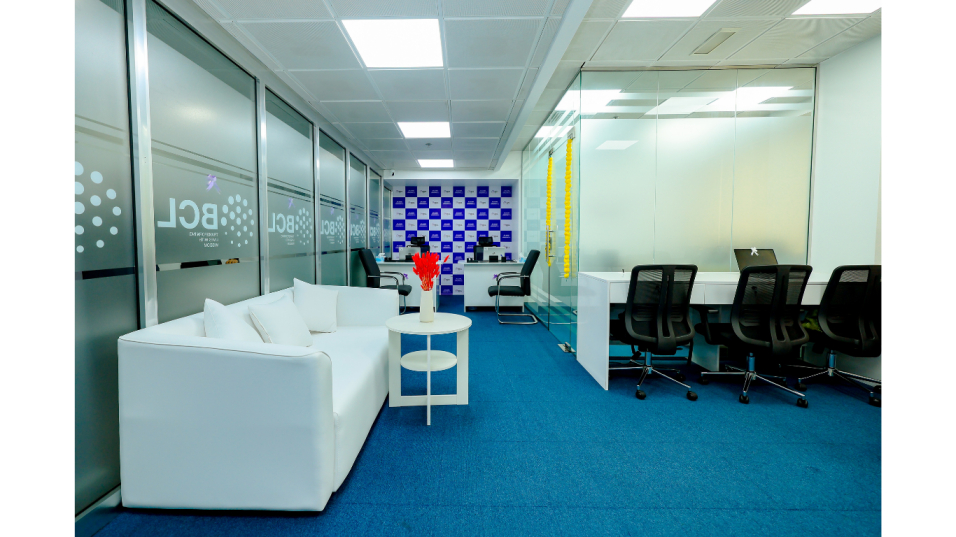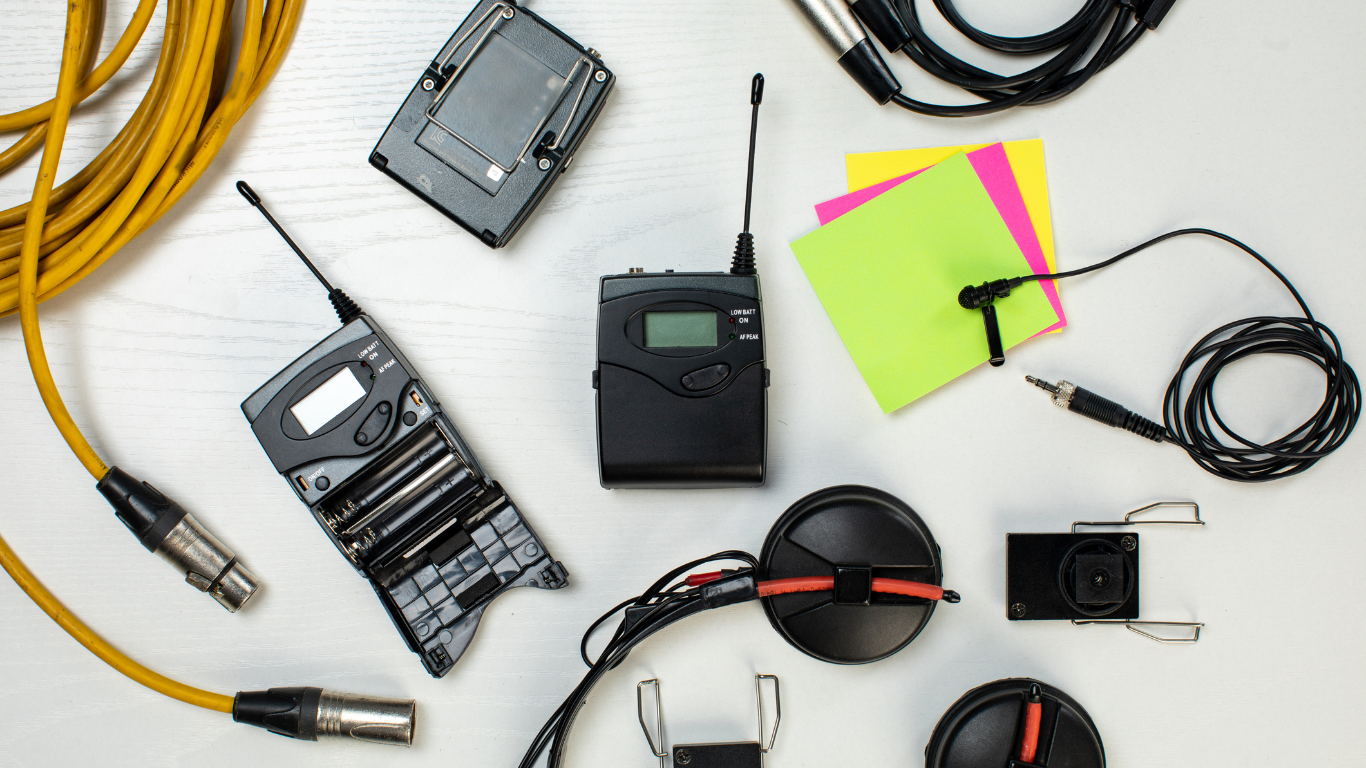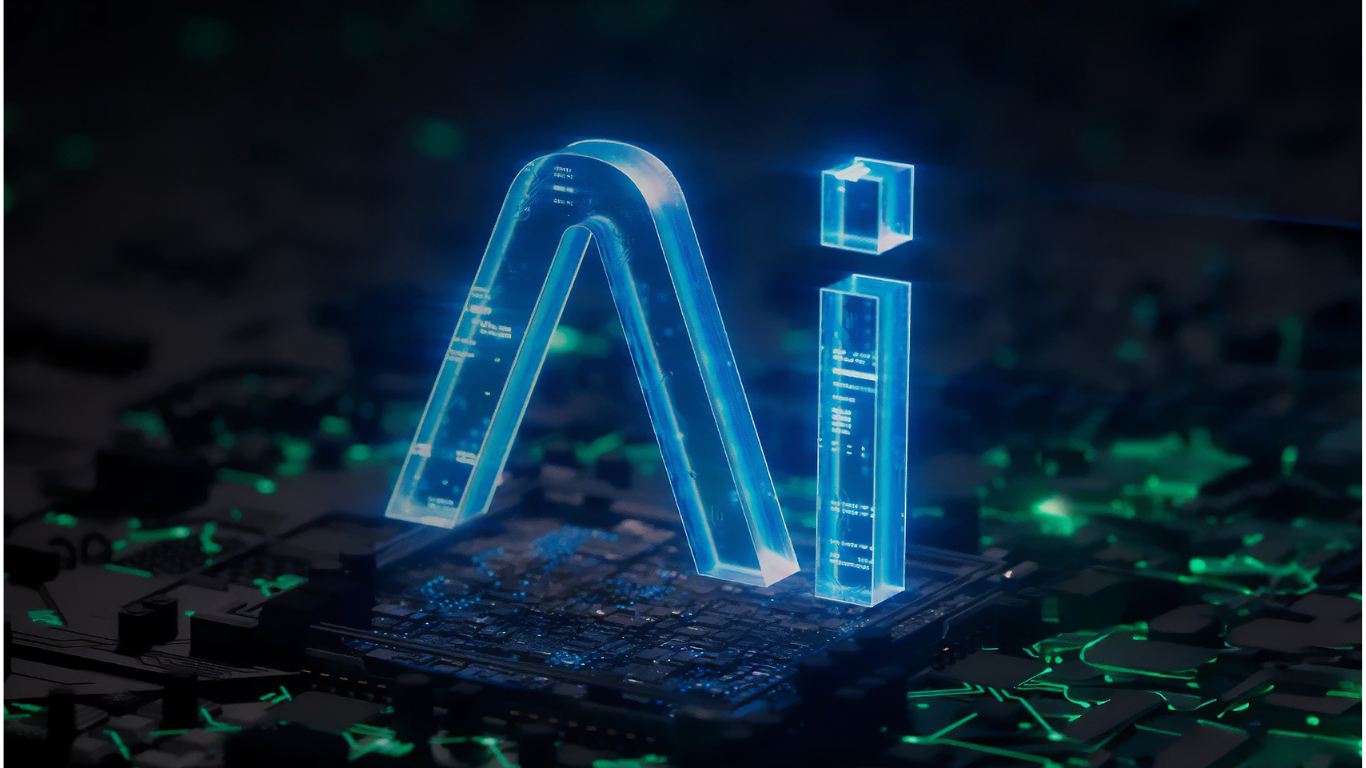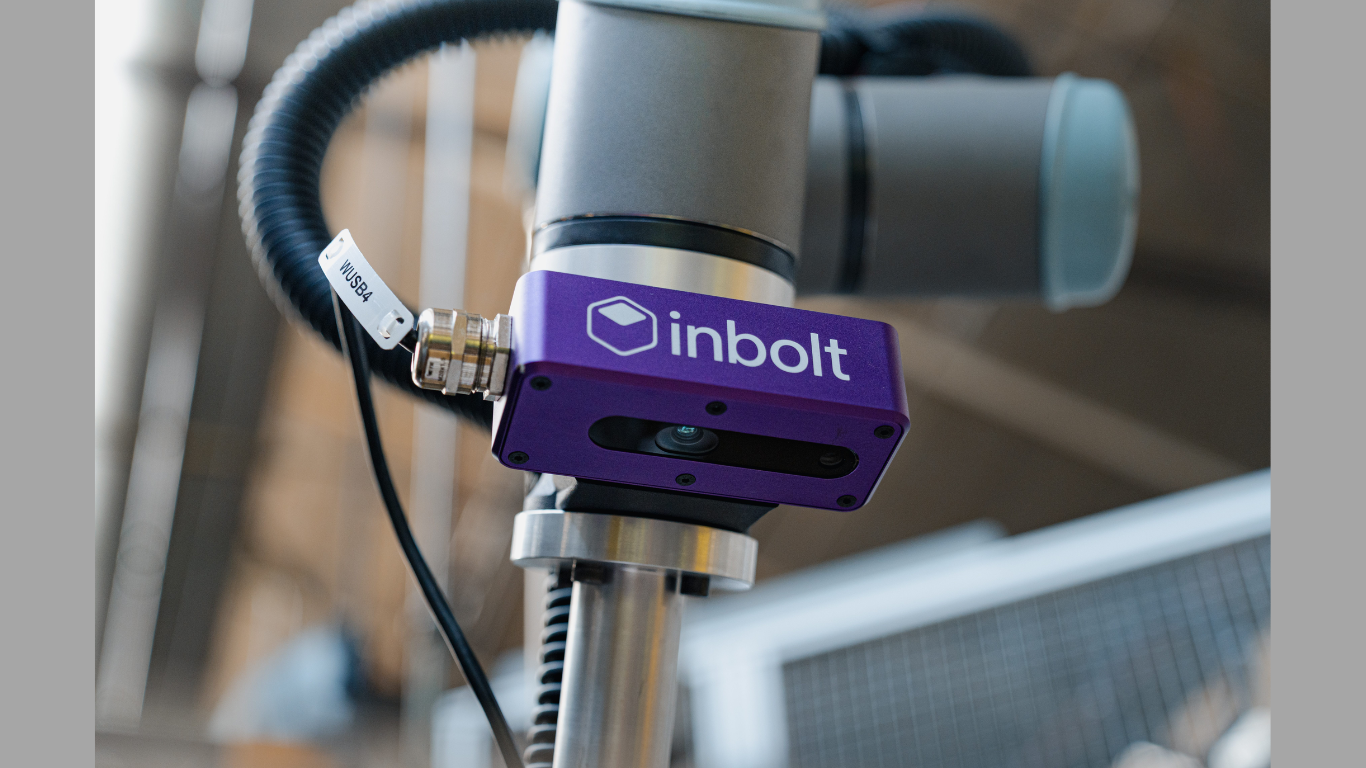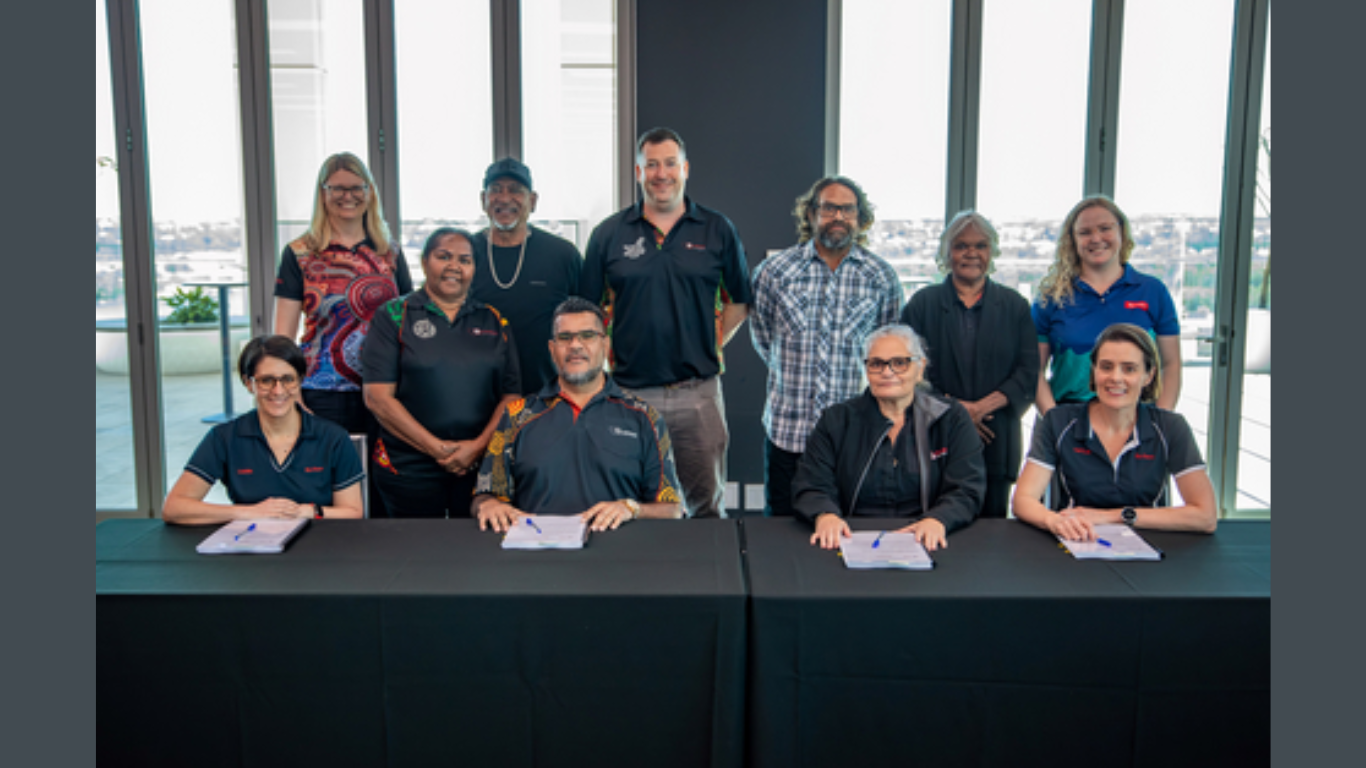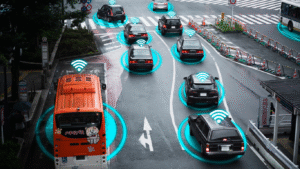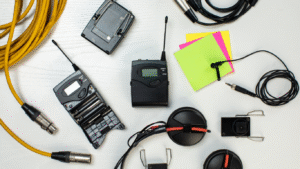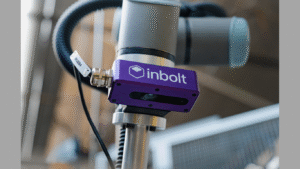Order fulfillment either works or it doesn’t, and customers can tell the difference immediately. They want their stuff fast, they want to track it accurately, and they want what they ordered to actually show up in the box. For companies using pick pack and ship services, delivering on those expectations is harder than it sounds. Inventory moves constantly, order volume swings from day to day, and one wrong item means dealing with returns and unhappy customers.
Artificial intelligence is changing how businesses handle these problems. By improving how inventory gets stored, tracked, and moved around, AI helps companies fulfill orders with fewer mistakes and better efficiency. Small and medium-sized businesses don’t need massive teams or warehouse complexes to compete anymore. With the right tools, they can scale in ways that actually make sense.
Why Getting Inventory Right Matters So Much
In ecommerce, inventory is usually the biggest cost center. Stock too much and you’re burning money on storage and dealing with waste. Stock too little and you’re creating backorders and delays. Traditional inventory tracking relies on manual counts or basic software rules that can’t really keep up with demand changes, seasonal spikes, or sudden product trends.
AI takes a different approach as it analyzes sales data, customer buying patterns, and supply chain conditions to figure out how much stock to hold on to and where to put it. The result is fewer stockouts, less overstock sitting around, and faster fulfillment overall. For businesses that depend on pick pack and ship services, getting this balance right affects both customer satisfaction and whether the math actually works out financially.
Better Warehouse Layout
Where products sit inside a warehouse affects how fast orders get picked and shipped. In traditional setups, things are put wherever there’s available space, which means workers we be walking all over the warehouse and wasting time.
AI changes this by predicting which items will sell faster and placing them in locations that make sense. Products that move quickly go near packing stations. Items frequently bought together get stored side by side. Walking time drops, picking speeds up.
For smaller businesses, smarter placement means they can do more with the warehouse space they already have. Instead of expanding into a bigger building, companies get better utilization out of what they’ve got.
Cutting Down on Picking Errors
Picking errors remain one of the most expensive problems in fulfillment. Wrong size, missing product, incorrect quantity—it all leads to returns. Each return costs time, shipping fees, and often you lose the customer permanently.
AI reduces these mistakes by guiding pickers through optimized routes and adding real-time verification. Some systems use handheld devices or voice instructions that confirm each item as it gets picked. Others use cameras or sensors that scan items automatically.
Combining AI with quality control tools creates a more accurate process overall. Fewer mistakes, less rework, better customer experience. For businesses relying on outside pick pack and ship providers, accuracy becomes a real competitive advantage. Customers stick with companies that get orders right the first time.
Speed Matters More Than Ever
Delivery speed often makes or breaks the whole customer experience. Companies that can ship orders within hours of purchase have an edge, and AI can help by cutting delays at multiple points.
It predicts the order volume so everything can be prepared ahead of time. Employee schedules, packing materials, carrier pickups can all get adjusted before a rush hits. AI will route the pickers in the most efficient way possible, which saves time. AI integrates with carriers to choose the fastest and most cost effective shipping method. These improvements let even small businesses compete with bigger brands.
Scaling Without Losing Control
When companies grow it creates more opportunities, but it can also bring chaos. As sales increase, so do errors, bottlenecks, and customer complaints. Without the right systems in place, scaling is going to cause more problems than it solves.
AI-driven optimization lets companies grow without everything falling apart. When order volume doubles, AI systems will adjust the workflows. They figure out how much stock to order, where to store it, and how to move it to different warehouses if needed.
For businesses using third-party pick pack and ship services, AI helps them manage multiple clients at once while keeping operations running smooth. Companies can scale up without worrying that fulfillment speed or accuracy will fail.
Better Forecasting and Planning
Most small businesses struggle with predicting the demand ebbs and flow. Consumers buying shifts with seasons, holidays, and whatever happens to be trending on social media. If you predict it wrong and you will end up with too much or not enugh inventory when the demand increases.
AI improves all of this by analyzing the past sales, what’s trending, and things like shipping delays or supplier shortages. It doesn’t just look at what sold last year, it watches the patterns and adjusts to the changing demands.
Better planning means businesses don’t tie up cash in inventory that might move slow. It also means they can prepare when the demand increases without having to scramble at the last minute. Then the operations become more stable and cash flow grows.
What Customers Actually Notice
At the end of the process, customer experience is what matters most. AI-driven optimization supports faster delivery, fewer errors, and better package tracking. Customers will notice when packages arrive on time and are the right thing. They will also notice when the returns get taken care of smoothly because systems are accurate.
Customer loyalty depends on all of these details and when they trust a business to deliver consistently, they buy again and recommend it to others. That is the reason for investing in better fulfillment technology.
The Cost Question
Many small and medium businesses worry that AI systems cost too much or require complicated implementation. That used to be true, but things have changed. Plenty of providers now offer subscription models, cloud-based platforms, or modular setups you can build out piece by piece as revenue grows.
Starting small makes sense, so start by bringing in the AI software for demand planning or inventory management first. When that’s running smooth and you’re seeing results, you add the automated picking. Spreading it out like this keeps the risk manageable and doesn’t blow your budget all at once.
Working with providers that specialize in pick pack and ship services makes the whole thing less intimidating too. A lot of them already run AI-driven tools on their end, which means you get the benefits without having to build out infrastructure or hire people to manage the system yourself.
What It Comes Down To
AI-driven inventory optimization is changing how businesses manage fulfillment. It improves accuracy, speeds up delivery, and helps companies grow without losing control of their operations. For businesses that depend on pick pack and ship services, the advantages are clear.
With this technology, companies can deliver what customers want most correct orders, shipped quickly, with reliable tracking. In a large ecommerce market, being reliable is what separates businesses that grow and thrive from those that struggle. The shift to AI might seem like a big step, but it’s fast becoming part of the standard for businesses of all sizes.
Blog received via Mail



